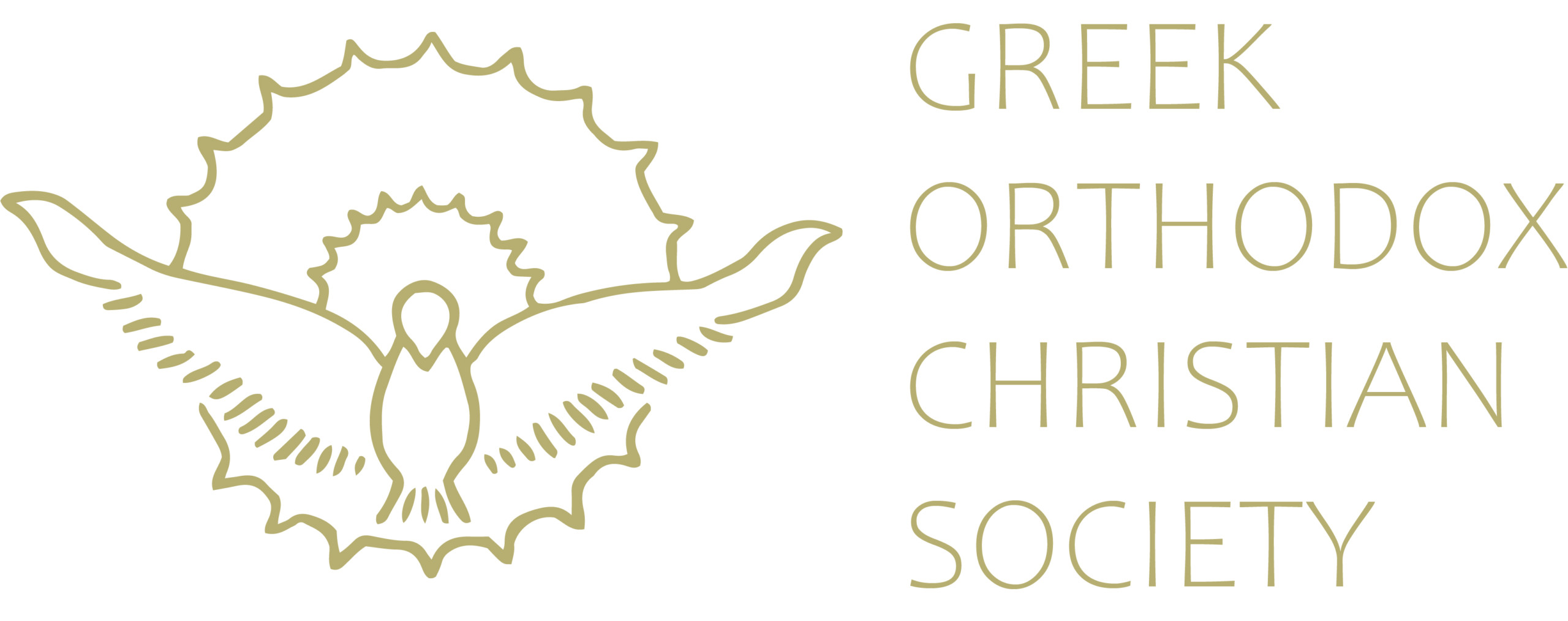Fourth Ecumenical Council
Emperor Marcian convened the Fourth Ecumenical Council in the city of Chalcedon in 451AD to deal with controversy concerning Christ’s nature. Proponents of Monophysitism argued that in the person of Jesus Christ the human nature was absorbed into the divine nature, like a cube of sugar dissolves in a cup of water. Thus, they claimed that the incarnate Christ was left with only one nature, the Divine (Greek mono-one, physis-nature).
As the 630 delegates were gathered in the church of Saint Euphemia where her holy relics were housed, the Orthodox hierarchs and their opponents wrote down their confessions of faith on separate scrolls. They opened the saint’s tomb, placed both scrolls upon her, and sealed the tomb. After three days of strict fasting and prayer the tomb was opened with St Euphemia holding the Orthodox confession in her right hand, while the scroll of the heretics lay at her feet.
The Council rejected the one nature position, and proclaimed that while Christ is a single, undivided person, He is not only from two natures but in two natures, divine and human. The bishops also emphasised the unity of Christ’s person. They stated their belief in “one and the same son … perfect in Godhead and also perfect in humanity, truly God and truly human … acknowledged in two natures without confusion, without change, without division, without separation in natures being by no means taken away by the union, but rather the property of each nature being preserved, and concurring in one Person and one Subsistence, not parted or divided into two persons, but one and the same Son …”
Source: Lychnos July-August 2019
